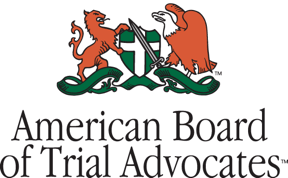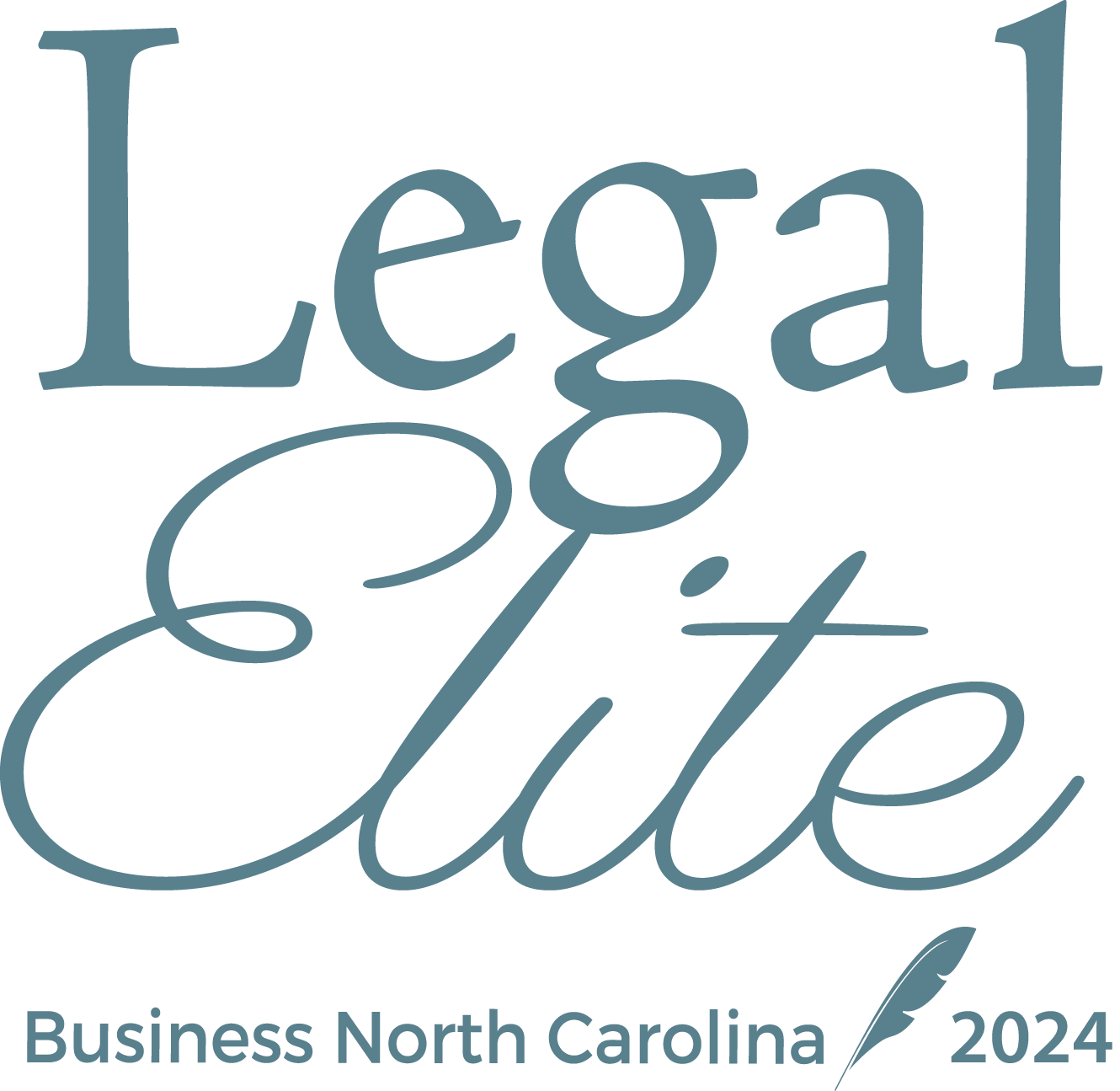Ed. Note: This is the second in a series of articles taken from Gavin Parsons' CLE presentation for the North Carolina Bar Association's Antitrust and Complex Business Dispute CLE Program presented on Thursday, January 30, 2025. Read the first article here.
For in-house counsel, identifying and responding to potential trade secret misappropriation requires a thorough understanding of what constitutes a violation under both federal and state law. As trade secret litigation continues to yield substantial verdicts, knowing how to spot misappropriation and build a strong case has become increasingly crucial.
The stakes are particularly high given recent verdicts like the $452 million award in Insulet Corp. v. EOFlow Co. Ltd. and the $604.9 million verdict in Propel Fuels, Inc. v. Phillips 66 Co.
What Constitutes Misappropriation?
Under the federal Defend Trade Secrets Act (DTSA), misappropriation occurs in three primary scenarios.
First, when someone knowingly acquires a trade secret through improper means.
Second, when they disclose or use a trade secret without consent.
Third, when they receive a trade secret knowing (or having reason to know) that it was obtained improperly.
The concept of "improper means" includes theft, bribery, misrepresentation, breach of a duty to maintain secrecy, and electronic espionage. However, it specifically excludes reverse engineering, independent creation, or any other lawful means of acquisition. This distinction is crucial for in-house counsel evaluating potential claims or defenses.
Consider this practical example: An employee downloads customer data to a personal device before leaving for a competitor. If this download exceeded their authorized access or violated company policy, it likely constitutes misappropriation. However, if the same employee uses their general knowledge of customer preferences gained through experience to serve similar clients at their new job, this likely falls outside trade secret protection.
The line between protected trade secrets and an employee's general knowledge and experience often becomes a central issue in trade secret cases.
Courts consistently hold that employees can't be prevented from using the general skills and knowledge they've acquired during their employment. As noted in Engineering Associates, Inc. v. Pankow, "where a person in his new employment undertakes to use the knowledge acquired in the old, it is not unlawful, for equity has no power to compel a man who changes employers to wipe clean the slate of his memory."
The Scope of "Use" Under the DTSA
Courts have interpreted "use" of a trade secret broadly. Recent decisions, including Motorola Solutions, Inc. v. Hytera Communications Corp. Ltd., confirm that use encompasses any exploitation likely to injure the trade secret owner or enrich the defendant.
This includes:
- Marketing goods that embody the trade secret
- Using the trade secret in manufacturing or production
- Relying on the trade secret to accelerate research or development
- Soliciting customers using trade secret information
- Using the information to improve a competing product
- Modifying specifications based on trade secret knowledge
- Incorporating the trade secret into internal processes
- Using the information to structure business strategies
- Leveraging the trade secret to reduce development time or costs
For in-house counsel, this broad interpretation means carefully examining how potentially misappropriated information might be indirectly influencing your competitor's activities, not just looking for direct copying.
Common Misappropriation Scenarios
Trade secret misappropriation typically occurs in two primary contexts that in-house counsel should watch for:
- Employee Transitions: When employees leave to start their own business or join a competitor, taking protected information with them – The rise of remote work has made this scenario more common, as employees often have greater access to digital files and may feel a greater sense of ownership over information they've worked with from home.
- Business Relationships Gone Wrong: When companies share information during due diligence, joint ventures, or vendor relationships, and the receiving party misuses it – This often occurs when a potential acquisition falls through, but the potential buyer retains and misuses sensitive information obtained during due diligence.
A particularly challenging scenario arises in the context of independent contractors or consultants who work with multiple companies in the same industry. These individuals may inadvertently or intentionally cross-pollinate trade secret information between clients.
In-house counsel should ensure that agreements with such contractors clearly address confidentiality obligations and ownership of intellectual property.
North Carolina State Law Considerations
While the DTSA provides federal protection, state laws often offer complementary coverage. In North Carolina, for example, the Trade Secret Protection Act (TSPA) creates a prima facie case of misappropriation when someone:
- Knows or should have known of the trade secret, and
- Had a specific opportunity to acquire it and did so without express or implied consent.
Damages are slightly narrower under the TSPA, and they are only available for improper acts committed in North Carolina.
The TSPA also provides specific protections for defendants who acquire trade secrets unknowingly or by mistake, which in-house counsel should consider when evaluating potential defenses.
Early Warning Signs of Misappropriation
In-house counsel should be particularly alert to these potential indicators of trade secret misappropriation:
- Unusual download or access patterns in company systems
- Employees emailing company documents to personal email addresses
- Suspicious timing of employee departures and competitor product launches
- Competitors suddenly matching your pricing or specifications exactly
- Former employees targeting your customers with insider knowledge
- Unusual use of removable storage devices
- Mass deletion of files or wiping of devices
- Competitors demonstrating knowledge of your confidential processes
- Sudden changes in competitor behavior or capabilities
- Unexplained access to restricted systems or areas
- Pattern of departing employees from the same department
Building Your Case
If you suspect misappropriation, proper documentation becomes crucial. Courts increasingly expect to see concrete evidence rather than mere suspicion. Some key steps for in-house counsel:
- Preserve Evidence: Immediately implement litigation holds and preserve relevant electronic data. This includes email, system access logs, and device usage records. Consider engaging forensic experts early to properly preserve electronic evidence.
- Document the Secret: Clearly identify what specific information constitutes your trade secret and how it provides value. Courts require particularity - vague references to "confidential information" won't suffice. Be prepared to explain exactly how the information derives independent economic value from not being generally known.
- Prove Protection Measures: Document your reasonable measures to maintain secrecy. This includes policies, agreements, training records, and physical/technical security measures. Courts will examine whether these measures were consistently enforced.
- Establish Value: Gather evidence of the economic value derived from the secret's confidentiality. This might include development costs, competitive advantages, and potential market impact. Consider engaging experts to help quantify the value.
- Track Unauthorized Access: Compile evidence of how and when the trade secret was accessed or acquired without authorization. Electronic forensics can be particularly valuable here.
- Interview Witnesses: Carefully document conversations with employees who may have knowledge of the misappropriation. Consider having counsel present for key interviews.
Criminal Implications
In-house counsel also should be aware that trade secret misappropriation can trigger criminal liability under both federal and state law. The DTSA provides for criminal penalties including fines and up to 10 years imprisonment for trade secret theft.
Additionally, when misappropriation involves computer access, it may violate the Computer Fraud and Abuse Act or state computer trespass laws.
These criminal implications create both opportunities and challenges.
While the threat of criminal prosecution can provide leverage in civil negotiations, it requires careful handling. The North Carolina State Bar has provided guidance on this issue, noting that while counsel may note potential criminal implications, explicit threats to report criminal conduct unless a civil claim is settled could raise ethical concerns.
Looking Ahead
Understanding what constitutes misappropriation is just the first step.
In our next article, we'll explore practical strategies for preventing trade secret theft and the critical first steps to take when you discover potential misappropriation. We'll focus particularly on the role of injunctive relief and the importance of acting quickly to prevent irreparable harm.
Remember that successful trade secret protection requires a proactive approach. By understanding these fundamentals of misappropriation, you can better position your company to prevent theft and respond effectively when it occurs.
The key is developing systems to detect potential misappropriation early while maintaining documentation that will support litigation if necessary.








